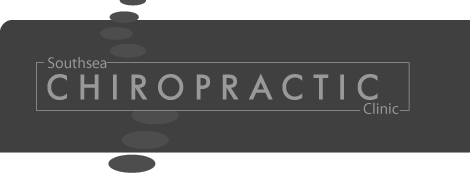02392 863099
86 Marmion Road, SouthseaEmail us
Still unsure? Call for a Complimentary Advisory Consultation
Cranoisacral Therapy
With Nick Blackwood, Bsc.MChiro DC
Craniosacral Therapy was developed from the work of an American Osteopath, Dr William Sutherland in the early 1900's. He discovered intrinsic movements of the bones of the head and his further research revealed different rhythms in the body. He inferred, from further observation, and later went on to demonstrate to his satisfaction that these movements are inextricably linked.
Babies & Children
One of Craniosacral therapy's most frquently appreciated qualities is its capacity to rapidly resolve some problems that babies have. Some of the difficulties that babies have are due to the compression that the baby undergoes at birth. Parents are frquently relieved and amazed by the improvements resulting from craniosacral sessions.
As a result of the contractions and passage through the pelvis and the birth canal, babies get very compressed during birth and this can displace things in their bodies. The relatively soft bones of the head move during birth but dont always return to an optimal position, leading to a variety of difficult conditions.
Caesarean births and those involving forceps or suction are more likely to lead to symptoms. These are often immediately obvious but sometimes dont develop until later on. Craniosacral therapy can be beneficial to all babies including those who have had problem-free births.

